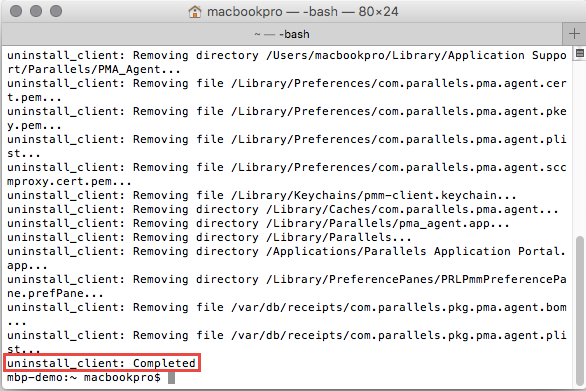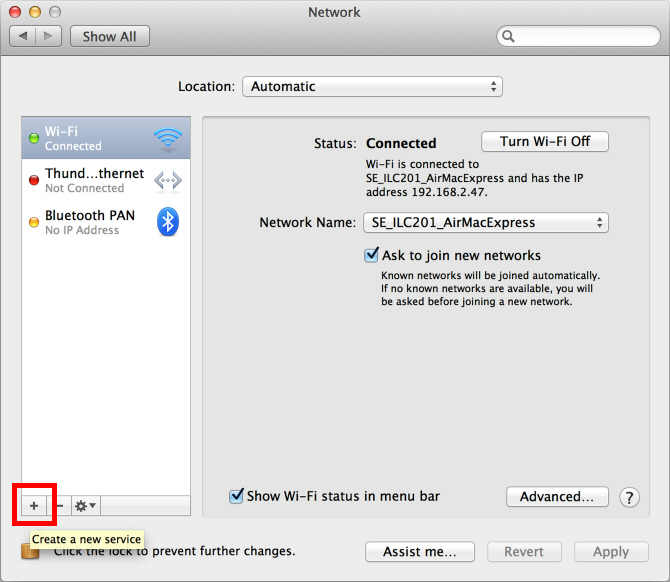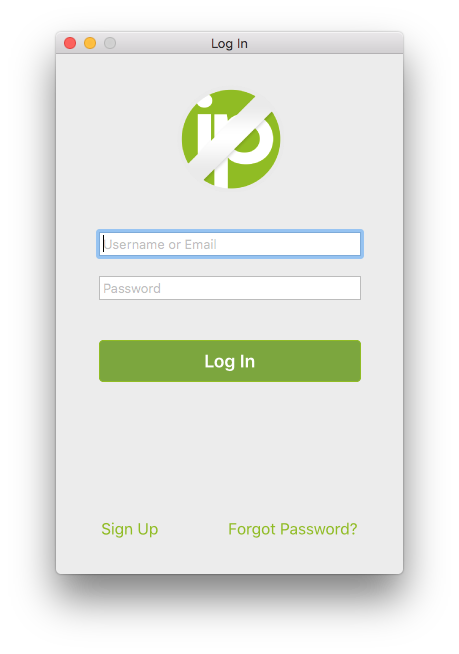

(A web server runs on port 80 for example)

By default, this is typically admin & admin.ģ.
NO IP DUC MAC PASSWORD
Enter the username and password for the router. On a computer that is connected to the local network, connect to the router admin page via a web browser.Ī router IP typically is 192.168.1.1 or 192.168.1.254Ģ. The router I am using for this tutorial is the TP-Link AC1750 wireless dual band gigabit router.ġ. To do this, we will need to change some settings on the router.Īll routers are different but I will try and make this as generic as possible however there could still be a lot of differences between these instructions and your router.

until now, when you get a different IP address from before.Raspberry Pi port forwarding is a method where can allow external access to the Pi. But if the external IP address did not change, you might have been none the wiser. So if you have just followed 's installation instructions without also using your own initiative, it is very likely that the updater was only run from the point you started it manually until the next time you rebooted the server. (For systemd purists: there did not seem to be an option that would stop noip2 from forking into the background, so it looks like using a service with Type=simple is not possible at the time of this writing.) etc/systemd/system/rvice: ĭescription= Dynamic dns client daemon # Description: Starts and stops the Dynamic dns client daemonīut for systemd-based Linux distributions, it would be simpler to omit the script altogether and use a native systemd. # Short-Description: Starts and stops noip2 (For RHEL 6.x, the old form might have been acceptable, but the new format was already recommended at that point.) They would require an additional comment block immediately after the one above, like this: # BEGIN INIT INFO It might have worked with RHEL 5.x and older, but not with RHEL 7.x and newer. # description: Starts and stops the Dynamic dns client daemon And on systems with systemd, placing the script just into /etc/init.d/rcX.d might not work, as systemd's SysVinit compatibility system expects the scripts to be located in /etc/init.d, and also have those dependency-identifying comments, the same as with RHEL 6 and above.Įven the example script in the package is obsolete: the special comments in it are incomplete for the modern dependency-based start-up schemes: #!/bin/sh Modern Linux systems can have various dependency-based systems for starting services, which have extra requirements that are not covered by these instructions.įor example, even RHEL 6 would require the script to have some specifically-formatted comment lines to identify the other services the script depends on. However, as is, these Unix/Linux instructions will only work on systems with classic SysVinit start-up script scheme.
NO IP DUC MAC FOR MAC OS X
It also has been supplied by another user and is rumored to fail in someĪnother user has supplied a proceedure to follow for MAc OS X auto startup.

There is a startup script for Debian called. It may need some modification for your system. If you have a recent RedHat version, you may want to use the startup script Grep initdefault /etc/inittab | awk -F: ''Īlternatively, you can uncomment the line after #! /bin/sh Where the 'X' in rcX.d is the value obtained by running the etc/rc.d/init.d/functions # uncomment/modify for your killproc Place the following script in your startup directory. If you want it to run automatically when the machine is booted, then The noip2 executable can be run by typing /usr/local/bin/noip2
NO IP DUC MAC HOW TO
The install instructions web page refers to the README file in the software package for instructions on how to make the updater start automatically: No-IP's DDNS updater for Linux/Unix is /usr/local/bin/noip2. You'll need to make sure that your DDNS updater runs.


 0 kommentar(er)
0 kommentar(er)
